Icons by Susan Kare: a must-see exhibition on a trailblazer of graphic design
“I believe that good icons are more akin to road signs rather than illustrations, and ideally should present an idea in a clear, concise, and memorable way. (…) Some icons are easy because they’re nouns — a calendar, for example. But verbs are hard to do. Undo is especially hard. I struggle year in and year out about undo. (…) I feel much happier that people are looking at my icons every day than having my sculptures in five living rooms across the country” said Susan Kare, the pioneering and influential computer iconographer whose pixelated universe launched a digitized revolution.
And it is in this exact realm -designed on a minimalist grid of pixels and constructed with mosaic-like precision- that Lyon’s Museum of Printing and Graphic Communication invites us with an exhibition and homage to Kare’s pixelated artworks alongside Byzantine and Egyptian iconography and other historic pieces.
“icônes / icons by Susan Kare” is arguably one of the first international retrospectives dedicated to graphic designer and iconographer Susan Kare (born 1954), a pioneer of digital design, who currently lives and works in San Francisco (USA).
Entrusted by Steve Jobs and Andy Herzfeld to “humanize” the graphical interfaces developed by the Apple team for the first Macintosh personal computer back in 1982, Kare reintroduced the power of the symbol into a new era.
Susan Kare, who graduated with a Ph.D. in Arts from New York University, used her knowledge of the study of 19th-century French caricature (Daumier, Doré, Grandville) to create icons and typefaces (Monaco, Chicago, Geneva, Cairo) which then became standards for future designers and which entered the MoMA collections in 2015.
Typography unleashed: 10 world-class design museum institutions to inspire
The exhibition reviews the tools and techniques that Susan Kare has developed to invent digital icons as part of her work for Apple (grids, pixels, editors, layers), then for NeXT, Microsoft (Windows 3.1), Facebook, Paypal, or Pinterest.
It also presents Kare’s visual inspirations ranging -from Kanjis, Chinese ideograms used by the Japanese, to Scott McCloud’s comics- and details her research on what she calls “the economy of expression”, the need for an icon to convey its meaning at a glance, will be detailed, as well as her choice, to consider these icons (a trash can, a watch, a hand, a bomb) as a road sign system, a universal sign language.
The Museum of Printing and Graphic Communication, one of the main heritage centers dedicated to graphic design in Europe, confronts its collections with the archives and references of Susan Kare, together with around thirty prints of her icons, made by the designer in her studio.
The exhibition -curated by Joseph Belletante and Alice Savoie- is steeped in the nostalgic atmosphere of the early 1980s (pixel art, video games, music videos) and allows the visitor “to reflect on the place of women in the history of graphic design and upon the transition from Byzantine to digital icons, from Egyptian hieroglyphs to heraldry and emojis.”
Following are more quotes from Kare’s insightful interview for the “Making the Macintosh: Technology and Culture in Silicon Valley” project.
“I enjoyed working with Steve Jobs, both at Apple and later at NeXT (the company founded in 1985 by Jobs after he was forced to leave Apple). He cared so much about every detail, cared about design and graphics, and challenged you to do your best every time.”
“When I see this icon, the Happy Mac, which is one of my favorites, I think back to the group effort, our effort to try to make a computer” for the greatest number “and above all a public of amateurs of technologies and techniques, which included me.”
“My philosophy has not changed — I try to develop symbols that are meaningful and memorable. I started designing monochrome icons using a 32 × 32 pixel icon editor that Andy Hertzfeld created. Subsequently, I’ve been able to take advantage of more robust tools and higher screen resolution, and also design vector images in Illustrator. But design problems are solved by thinking about context and metaphor — not by tools.”
“The end goal is to develop an image that is easy to understand and remember, and that works well in its screen environment. It’s always optimal to be able to see the whole visual UI and mock-up how icons will fit into that, and iterate.”
Susan Kare: the icon of icons receives Cooper Hewitt’s Lifetime Achievement Award
“My work also focused on developing a set of proportional typefaces for the computer screen; a departure from the monospaced characters typically found on typewriters and earlier computers. With the icon and font work, I hoped to help counter the stereotypical image of computers as cold and intimidating.”
“I rely on common sense; when I designed buttons, icons, and other screen images for Microsoft’s Windows 3.0 in 1987, I was able to use the 16-color palette to replace black rectangles with images that looked like three-dimensional ‘pressable’ buttons. I was also challenged to fine-tune many images for applications by using dithered patterns of color to offset the constraints of the limited VGA palette.”
“I am a big believer that there is a rich history of symbols from which you can draw even for concepts and icons, whether from fine art or folk art or advertising or bottle caps. So I had my shelf of books from college, and some that I picked up that was kind of random.”
“I am looking for pixels in everything. Cross stitch fonts are a perfect analogy for what I do — there are 18th-century specimens that look stunning. And even though I work a lot on vector images now, where pixel doesn’t matter as much, I still feel like, if you have that constraint, I’m the right person for that job.”
icônes / icons by Susan Kare at the Museum of Printing and Graphic Communication, Lyon, France is on from April 14 to September 18, 2022.
Tags/ exhibition, macintosh, museum, lyon, icons, susan kare, steve jobs, pixel

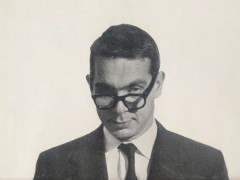
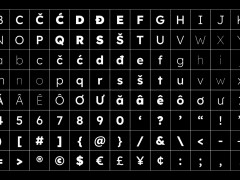
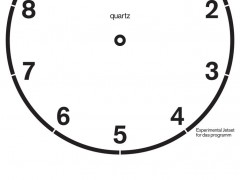
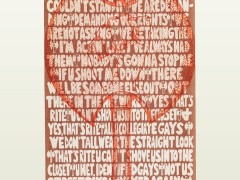
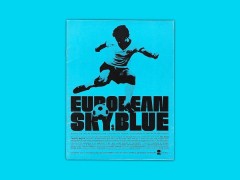
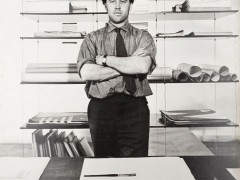
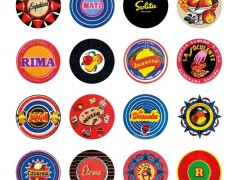
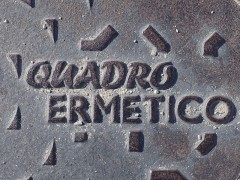



.jpg)



